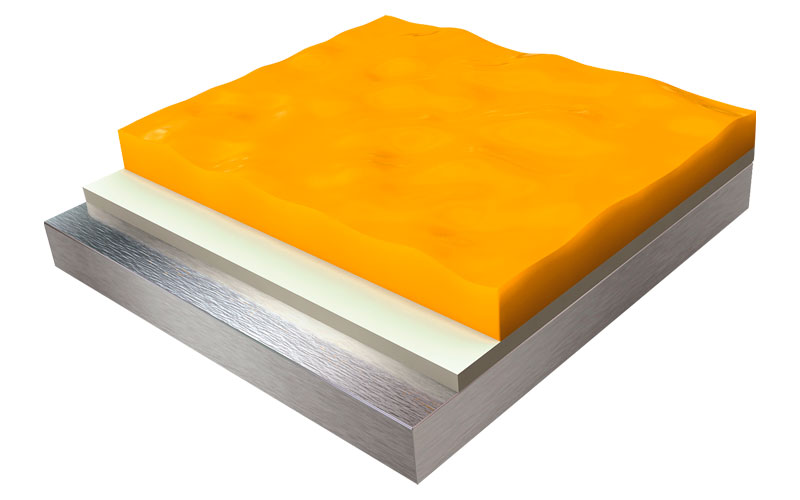
As we have seen in other related contents, different paint defects may arise in the bodyshop during the application and repair processes, such as the so-called orange peel effect in paint.
In the following post we will show you what the orange peel effect is in bodywork, what causes it and its possible solutions.
Orange peel effect in paint: what is it and why does it appear?
The orange peel defect in the paint of a car is caused, mainly, by poor levelling of the paint. This results in an “unstretched” coat of paint, with an irregular and excessively thick final coat.
Why does orange peel appear on paint? Causes.
Cause 1: Regulation in the application equipment
To obtain a regular and even spray, it is essential to correctly regulate the equipment’s pressure, product and fan pattern following the specifications provided in the technical datasheet. Too low a pressure will lead to a deficient product spraying.
Cause 2: Excessive product load per coat
Too much product load per coat and too much distance from the spray gun to the part will result in a less even coat.
Cause 3: Failure to adjust the hardener and solvent to ambient temperature
Depending on the ambient temperature, it will be convenient to adapt the choice of the hardener and solvent to apply according to its drying speed.
Cause 4: High application viscosity
Another cause may be an excessive viscosity of the mixture, which will also imply a high application viscosity.
To solve this, you can lower the viscosity by slightly increasing the thinning of the mixture.
What to do when the orange peel effect occurs?
If the orange peel defect is only present on the surface of the part, you should proceed as follows:
First, we will sand the area with a P1200 or P1500 sandpaper. Once the surface has been sanded, we will clean the dust generated with a degreaser and microfibre cloth.
Subsequently, we will apply a quick polish with the polishing machine, ensuring an even pressure and movement.
If the defect’s thickness is excessive, the surface must be prepared for the entire painting process.
We will sand the surface until the damage is removed, then apply the primer paint and the final finish.


